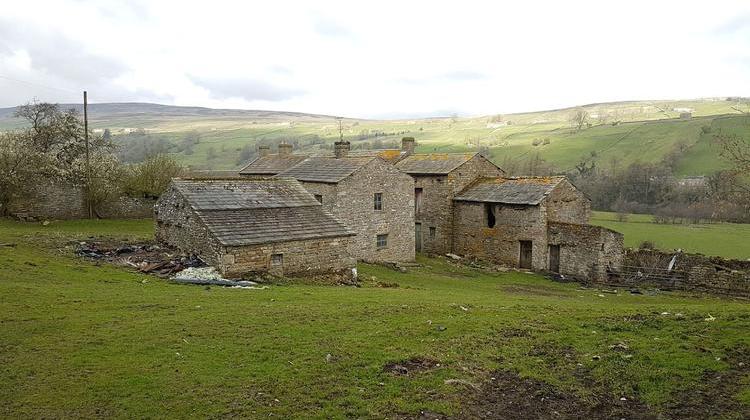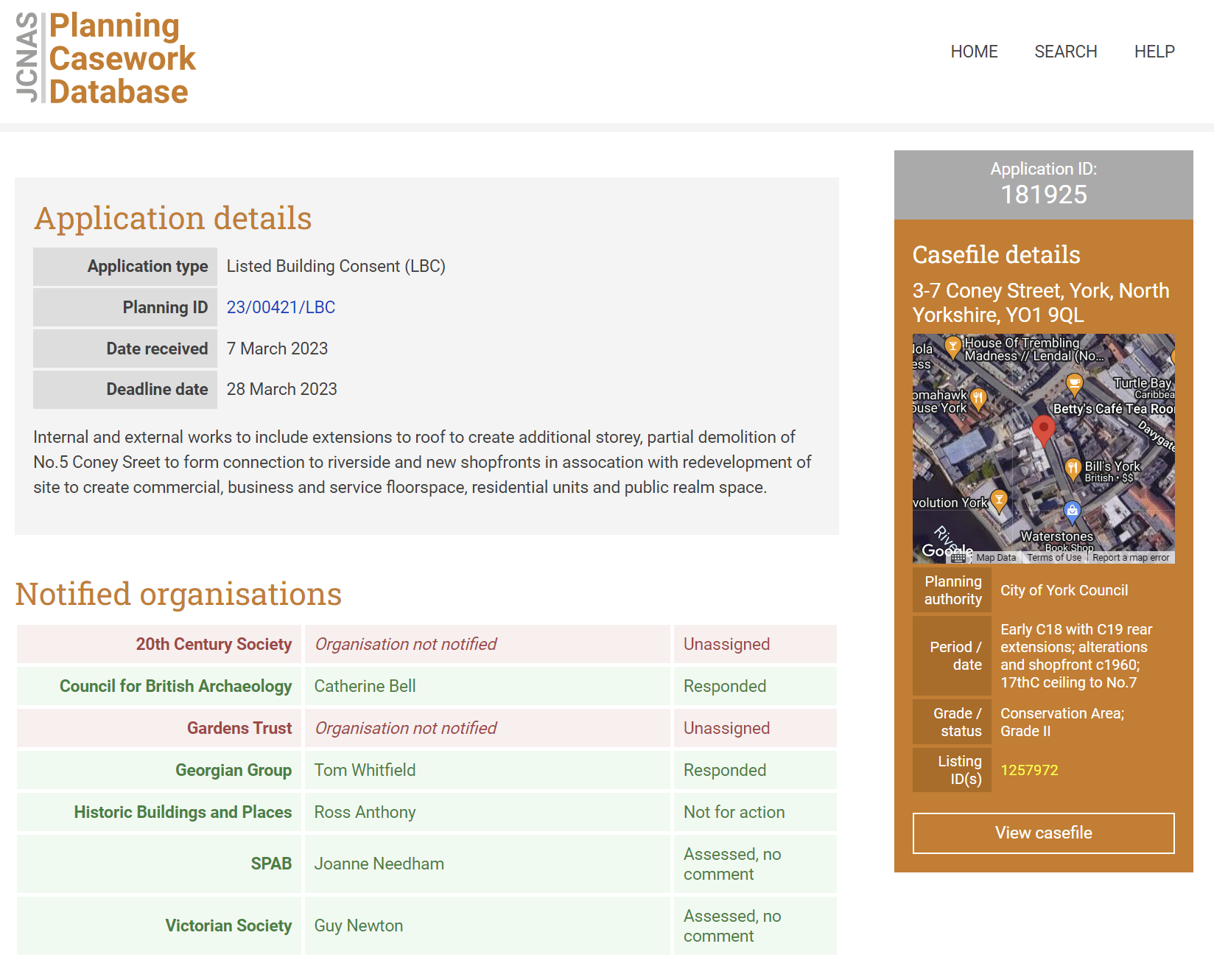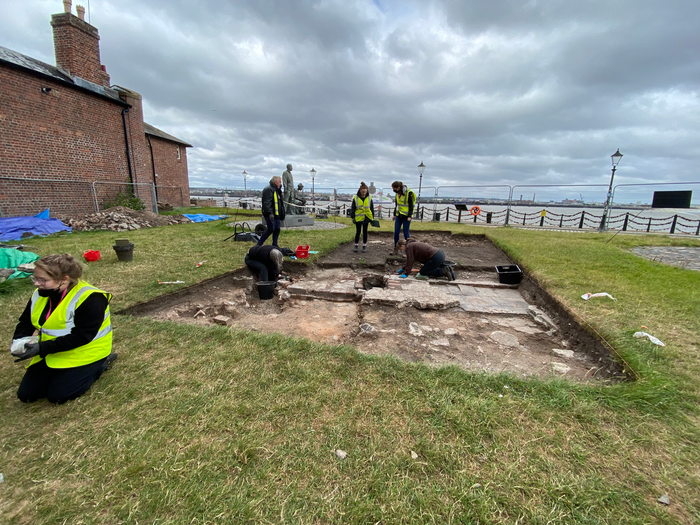This is Archaeology: What is an ‘archaeological approach’ to the built environment?
‘Archaeology’ is not just stuff buried in the ground but the process of looking at evidence from the past to work things out about how people used to live from the traces they left behind. Our built environment is full of traces of how people lived in the past. This is often referred to as the ‘evidential value’ or ‘archaeological interest’ of a place. When CBA caseworkers assess LBC and planning applications for change that will impact the historic environment we are particularly concerned about potential impacts on these traces of past activity - a place’s archaeological interest, or evidential value. We assess sites for the ways buildings demonstrate how people have outwardly expressed what they consider to be important, as well as what buildings reveal about how people lived & used sites.
The planning casework database: You can see what we do...
Our priorities for comment

Let’s work together
Further information, useful links and where to go next
If you would like to know more about how to successfully manage change to the historic environment there is lots of information out there.
These documents could help you develop your own proposals or to stand up for the heritage that matters to you.
Identifying what makes a place special
- The first step in protecting a place is identifying what makes it special. Historic England’s ‘Conservation Principles’ provides great guidance on how to do this.
- If you are looking to put proposals together for changes to an old building then Cadw’s guidance ‘Heritage Impact Assessment in Wales’ provides a well structured staged approach to minimising any harm to the site that could come about through changing it.
Guidance on best practice in looking after heritage
- Historic England have a lot of guidance about caring for heritage. Check out their resources online.
- Historic Environment Scotland also offer advice on the care of historic buildings.
- The SPAB offer excellent advice around the repair of old buildings.
- If you want to know more about retrofitting old buildings then the Sustainable Traditional Buildings Alliance is a great place to start.
- The Vernacular Architecture Group have resources to help with buildings care, buildings archaeology, and a list of publications.
Where you can research the history of a place
If you want to research a listed building in England or Wales then you can search for it online.
- Historic England
- Historic Wales
- In Northern Ireland there is the Historic Environment Record of Northern Ireland (HERoNI) where you can explore on a map and look up sites and buildings
- In Scotland you can search via Canmore, which has information on sites as well as archives and archaeological records.
Historic Environment Records (HERs) are maintained by local authorities to record information from a variety of sources about geographical locations. You can search for your local HER online to see what information already exists about a place you are interested in.
- In Wales you can search for HER information through Archwilio or through Coflein – the national records database.
- The People’s Collection Wales website is a fascinating collection of photographs, documents, audio and video recordings and stories that link to the history, culture and people of Wales.
- Historic England have an archive of photographs and records which you can search online.
- Your local library and archives service may be able to help provide you with local census data, historic maps, and other relevant information about local history.
- Old Maps allows you to search for historic map details of places in Britain.
- The National Archives online search will help you to find historic records.
- Some buildings may feature in the Royal Institute of British Architect’s archive collections – find out more on their website.
- The Victoria County History has been collecting and researching histories of English counties since 1899. You can find the histories online or there is a phone app where you can explore records and find out what’s nearby as you travel.
- If you’re interested in historical research into a specific topic or area, the Institute for Historical Research has put together a list of online freely accessible archives, papers and resources to explore.
- Vision of Britain have a digital resource which lets you explore maps and statistics in different formats.
Planning legislation
Planning decisions are made against the criteria that is set out in planning legislation and policy. This is different for each of the home nations.
- In England the principal national planning policy document is The National Planning Policy Framework. Section 16 specifically deals with the historic environment.
- In Wales, the Historic Environment (Wales) Act 2016 is supported by the principal planning document Technical Advice Note 24: The Historic Environment.
- In Scotland there is the Historic Environment Policy for Scotland.
- In Northern Ireland there is Planning Policy Statement 6: Planning, Archaeology and the Built Heritage.
Community involvement in planning
Communities are increasingly being encouraged to have their say about changes in their local area. This might be through formulating local lists or by being consulted on specific plans. If this is something you are interested in getting involved with then check out your local authority's planning pages on their website to see what is already happening in your area.
Developing local lists is a way for communities to identify the places that contribute to local character:

![Teal-Logo-Mottled[24030].png](https://www.archaeologyuk.org/static/746a84b0-3a8a-4728-a5cd3548db622a9a/500x500_highestperformance__4a7c7e45a350/Teal-Logo-Mottled24030.png)

